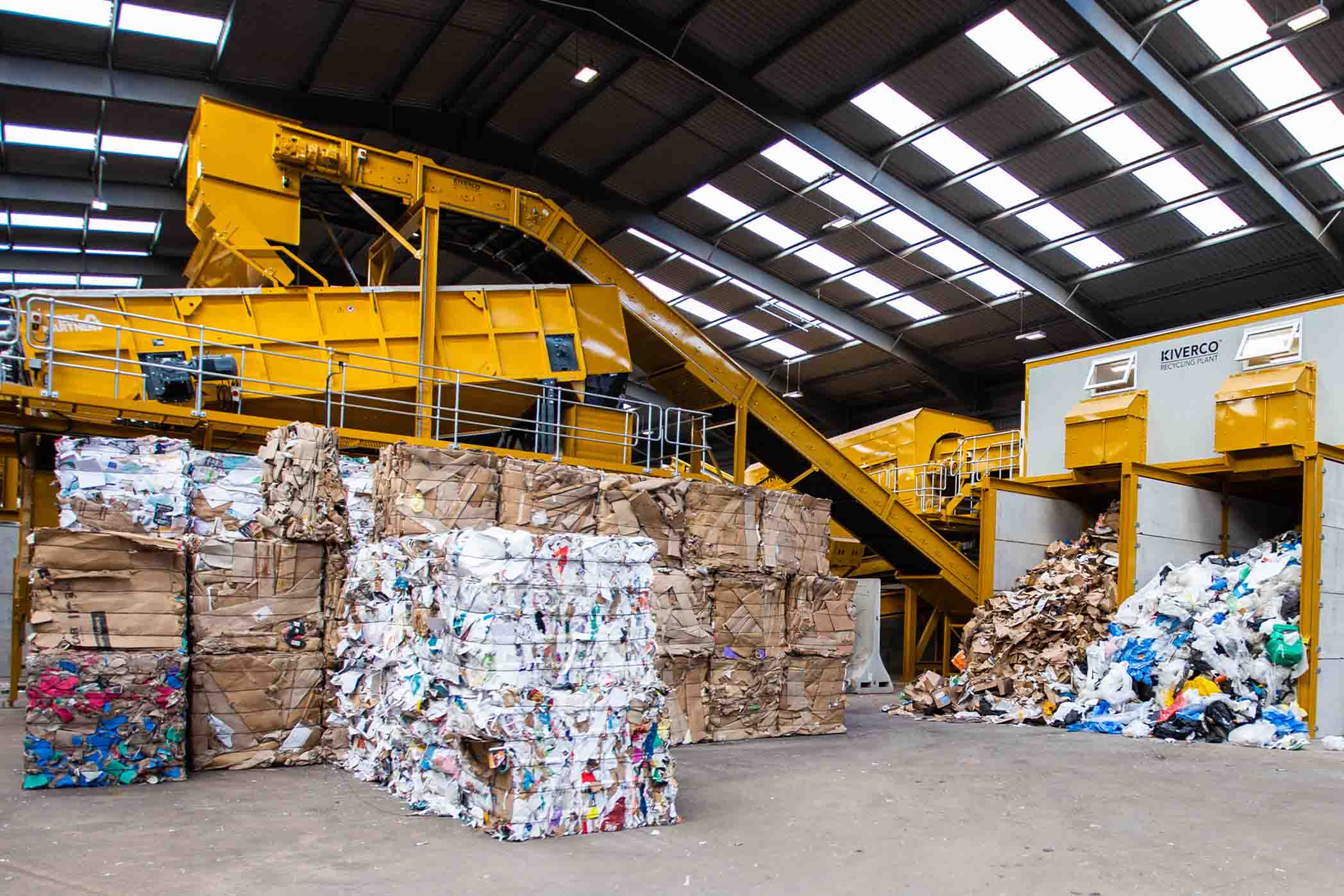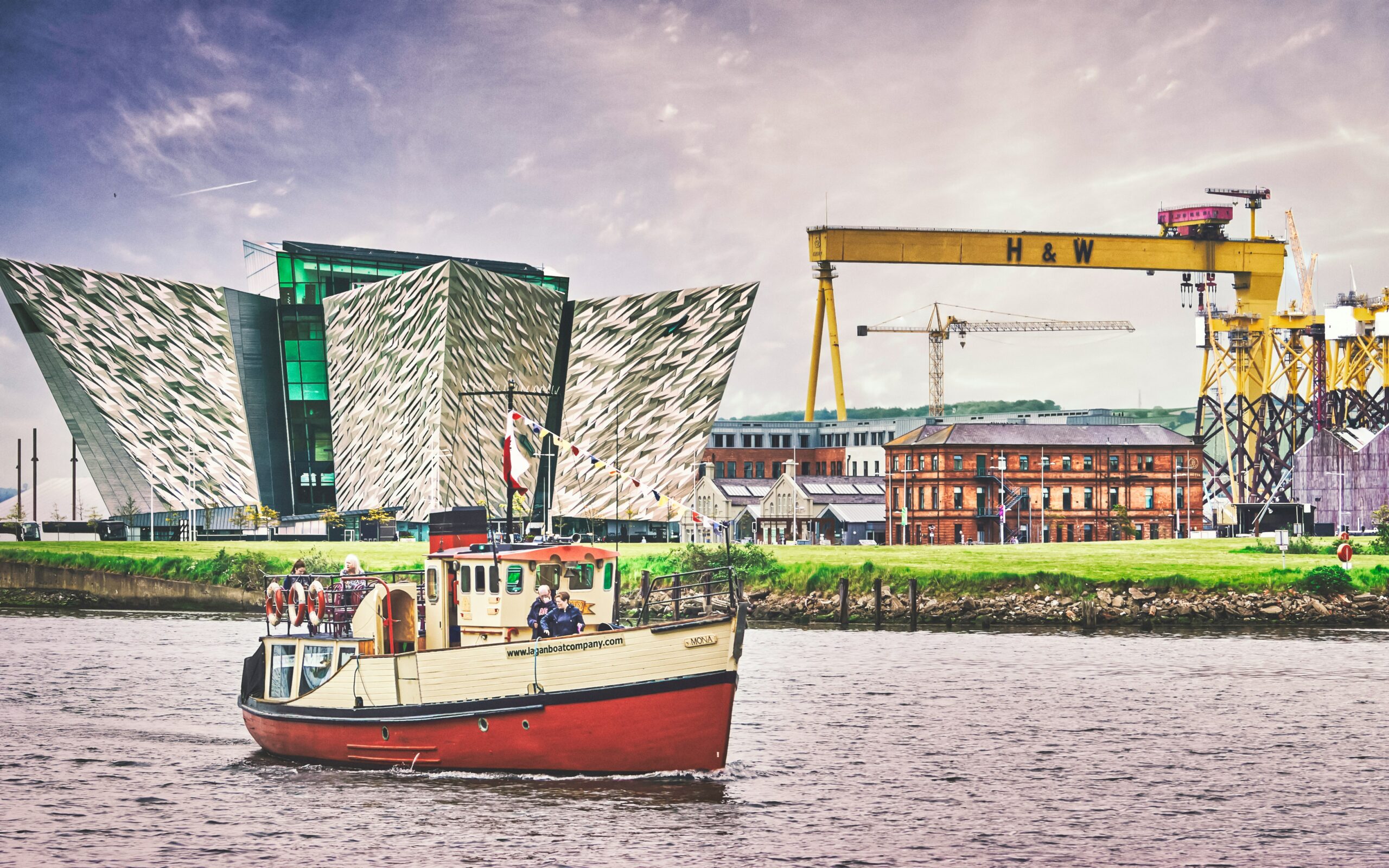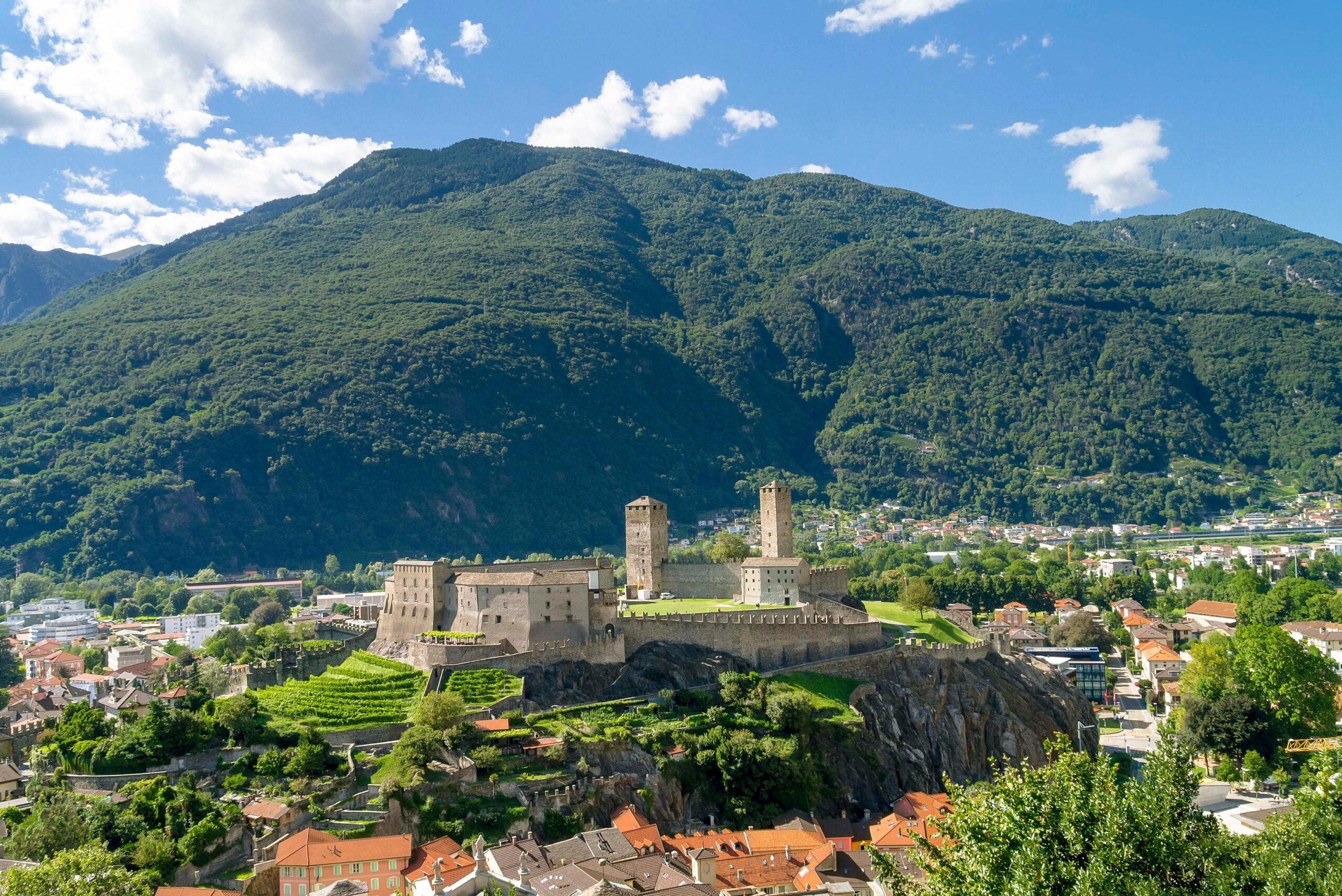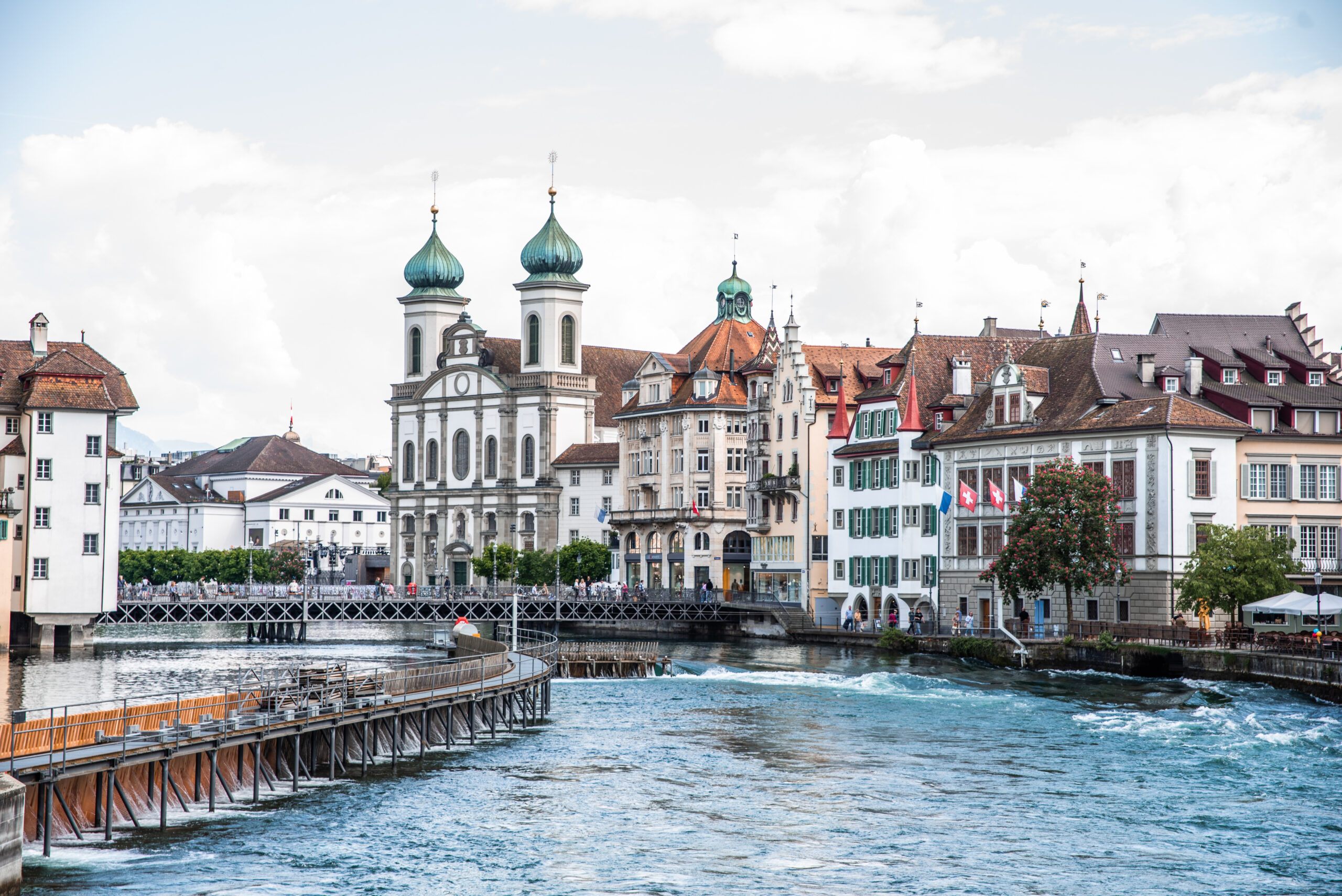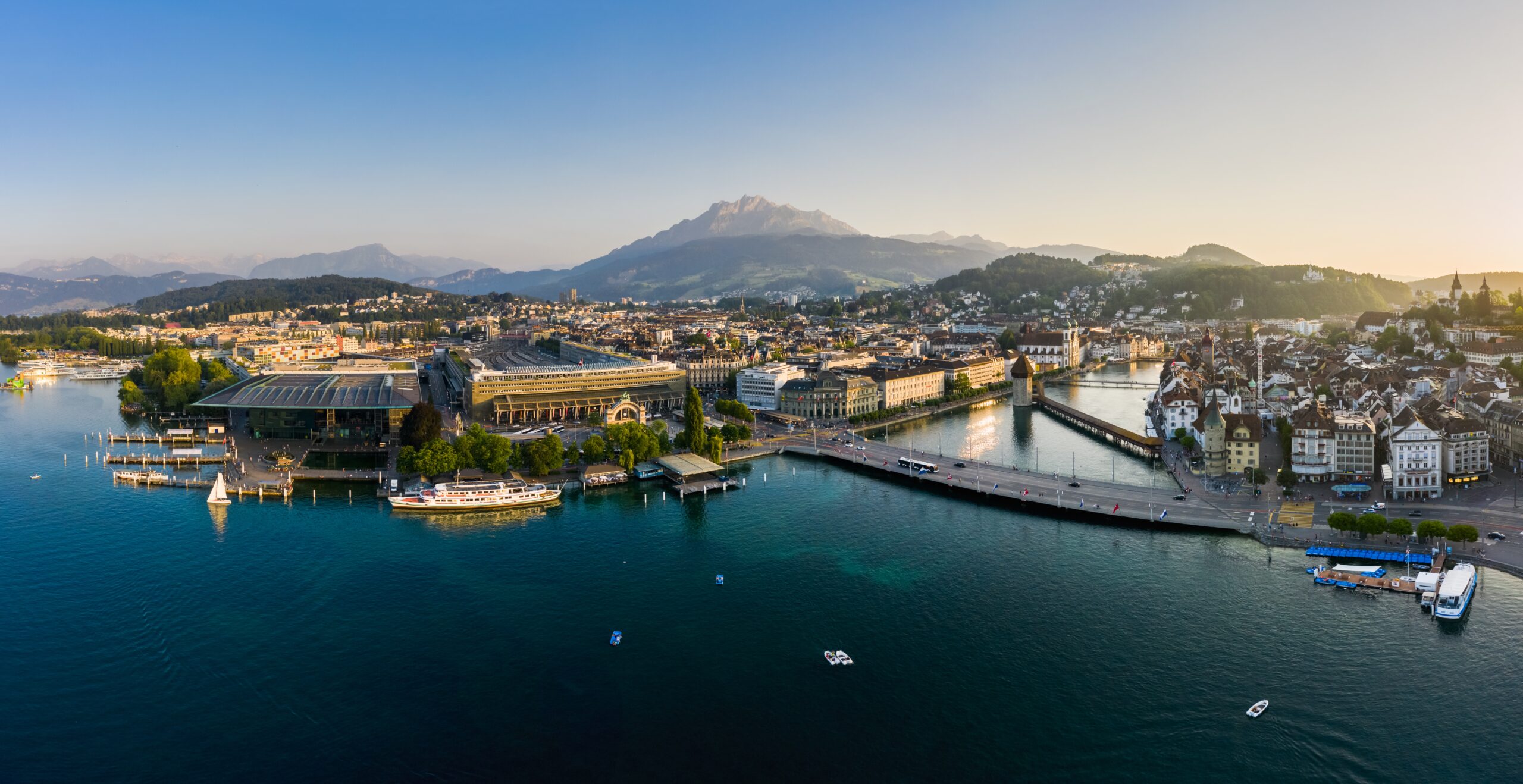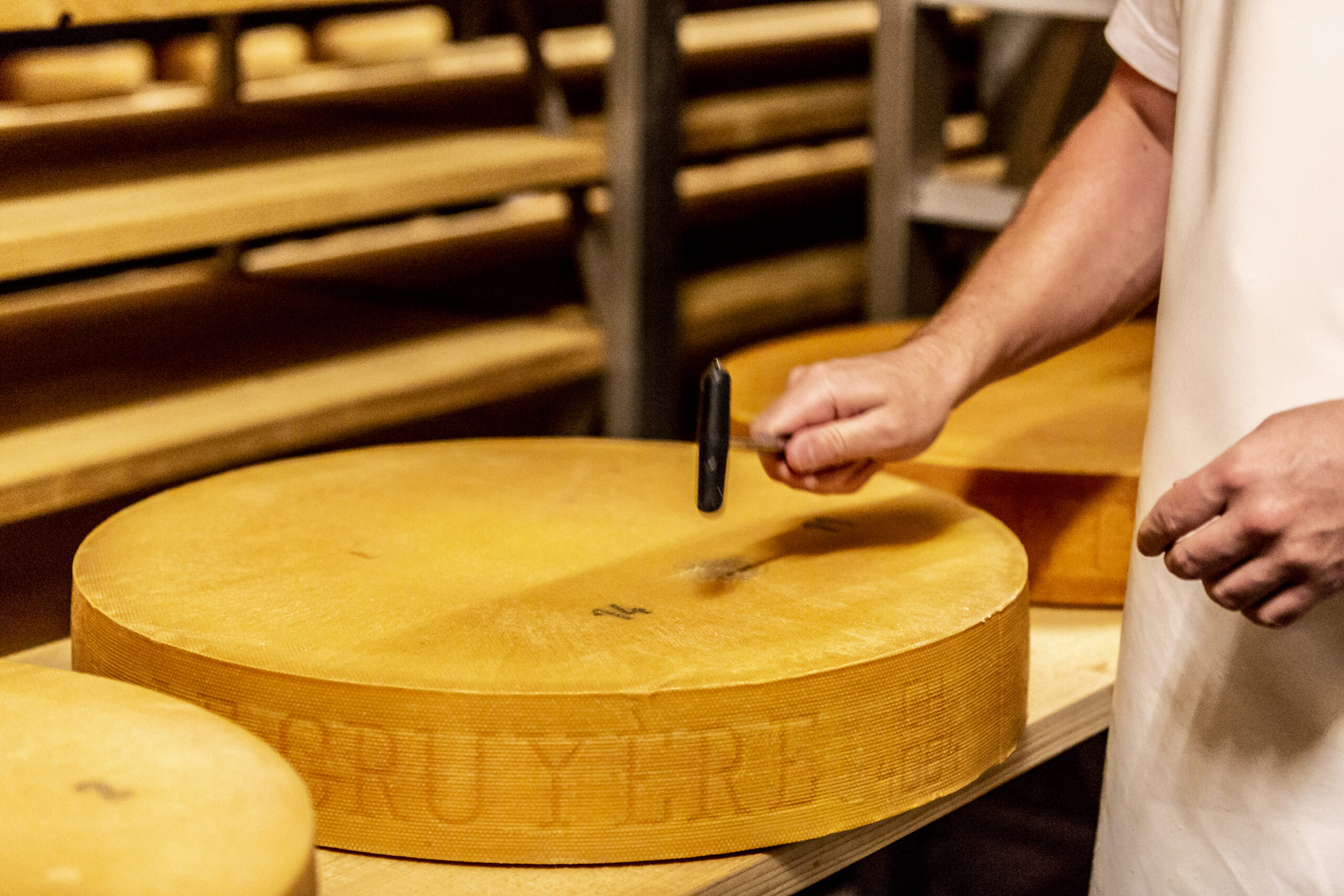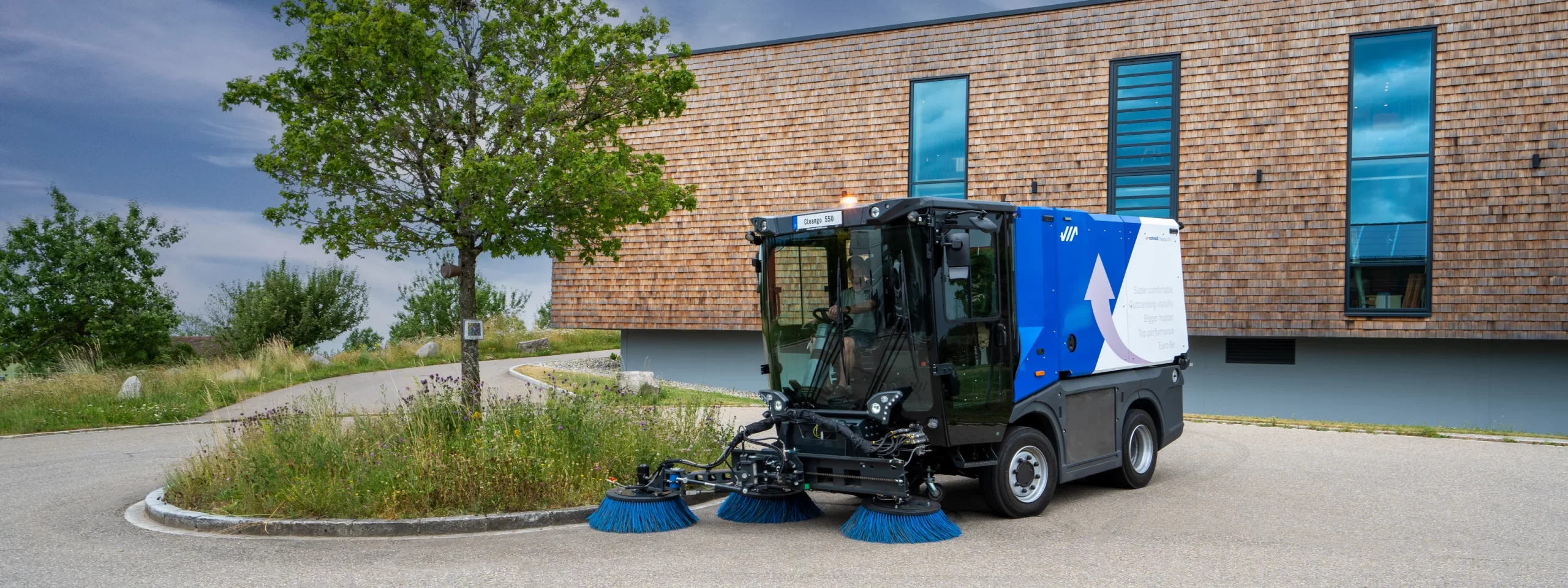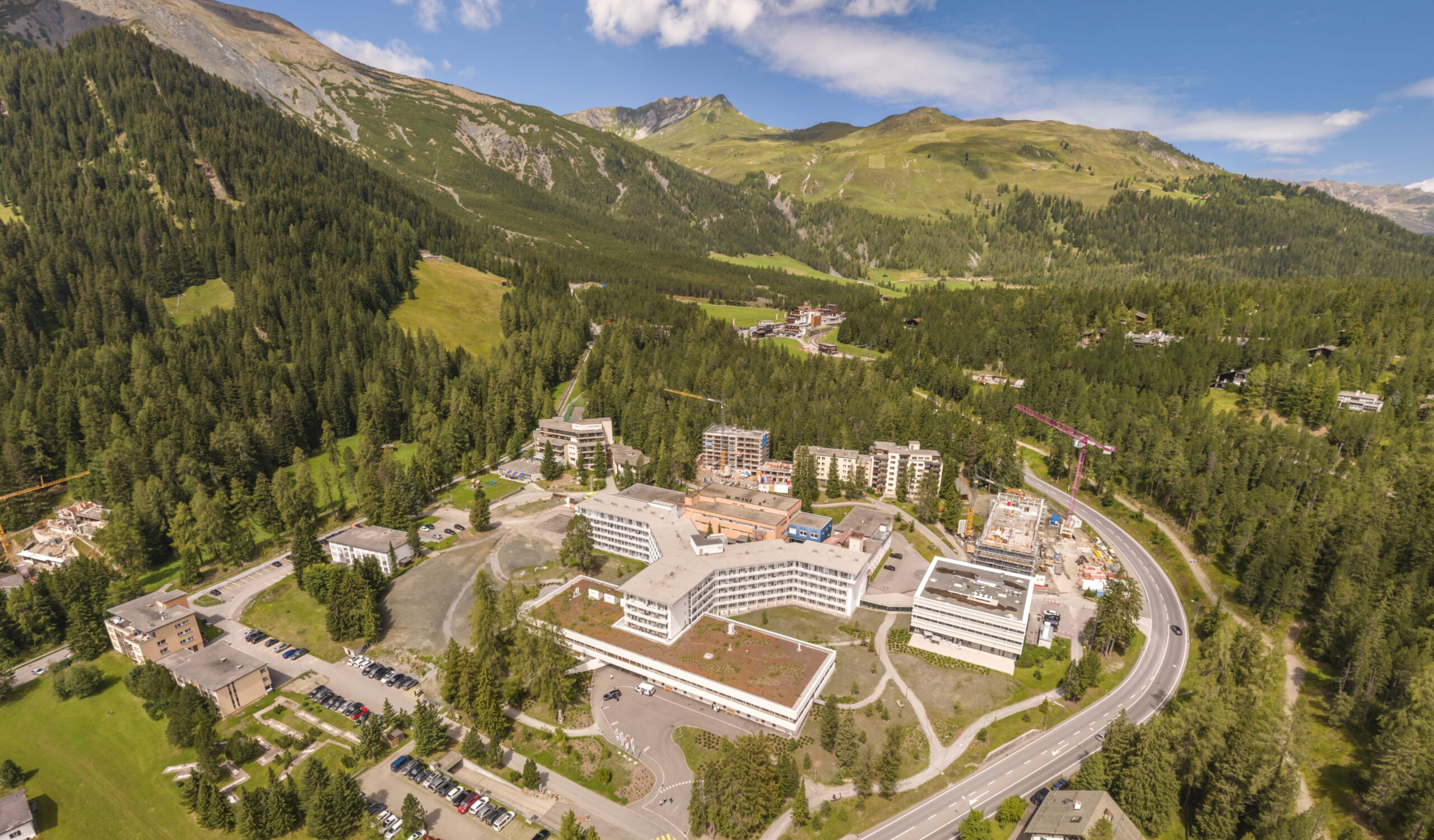A cultural journey of discovery through quaint valleys and legendary castles

As a year-round tourist destination, Liechtenstein offers a diverse mix of alpine scenery, outdoor pursuits, a rich blend of cultural attractions such as museums, galleries, and medieval castles worthy of a fairy tale. During winter, the snow-covered Alps attract thousands of skiers and snowboarders. Impressively, Liechtenstein has won ten Olympic medals in Alpine skiing, the most per capita of any country. One of Liechtenstein’s top outdoor destinations is the mountain village of Malbun, which offers ice skating, tobogganing, and both downhill and cross-country skiing. When the snow starts to melt, there are plenty of hiking and biking opportunities along a 400-kilometer network of trails that crisscross the principality. Numerous quaint valleys and fairytale castles await.
For culture lovers, there is Vaduz, the country’s capital. It is home to stunning scenery and a wealth of cultural treasures. Vaduz Castle, the royal residence, overlooks the pedestrian-friendly town center, anchored by the centuries-old St. Florin Church. Vaduz offers a wide variety of modern and contemporary art galleries and historical museums. Sculptures by world-famous artists dot the streets and are worthy detours while admiring the varied architecture along the town’s main street. Curiously, Vaduz is not Liechtenstein’s largest city. Schaan, a few minutes away, is larger with a population of 6,300 people.
Other Liechtenstein tourist highlights include small-scale vineyards. The vineyard of The Prince of Liechtenstein Winery, offers visitors a beautiful panoramic view of Vaduz Castle and the city center of Vaduz.
The Treasure Chamber of the Principality of Liechtenstein in Vaduz holds exhibits, including crown jewels, weaponry, Fabergé eggs, and the works of master smiths belonging to the Prince of Liechtenstein and other private collectors. The Kunstmuseum displays 130 years of modern and contemporary art history, and since 2000 includes the Hilti Art Foundation collection. The iconic façade of the museum, opened in 2000, is eye-catching. It is in the center of Vaduz and made of seamlessly cast tinted concrete and black basalt stone.
The Liechtenstein National Museum displays historic artifacts describing the local history and contains a selection of natural history exhibits. It also incorporates the landmark Postal Museum with its large collection of postage stamps, test prints, and original plates. In line with the principality’s industrial roots, the Lawena Museum nearby in Triesen offers fascinating insights into the history of electricity, and the development of domestic electric devices over the past hundred years.
For those seeking an understanding of historic local lifestyles, several museums commemorate the days of yore. The Walser Museum in Triesenberg was designed by the local parish priest to exhibit 19th-century native customs, crafts, and traditions, and showcases a well maintained 400-year-old traditional house. The self-explanatory “Traditional Farmhouse Museum,” built-in 1518, showcases farming and construction techniques common to the region in the late Middle Ages. MuseumMura is a prestigious institution that hosts more than 10,000 cultural artifacts documenting daily life and customs in the principality, including handicrafts and relics from homes and schools.
The small principality is one of two doubly landlocked countries in the world. This means that its direct neighbors, Switzerland and Austria, are also landlocked nations confined to freshwater bodies, and with no access to an ocean. Although Liechtenstein has no international airport, the country is easily accessible by road. Also, excellent public transport links the principality through a local bus with Switzerland’s SBB train station across the Rhine River. One advantage of visiting the small principality is the ability to see a large majority of the country in one day on an excursion from nearby Zurich or Lucerne.






